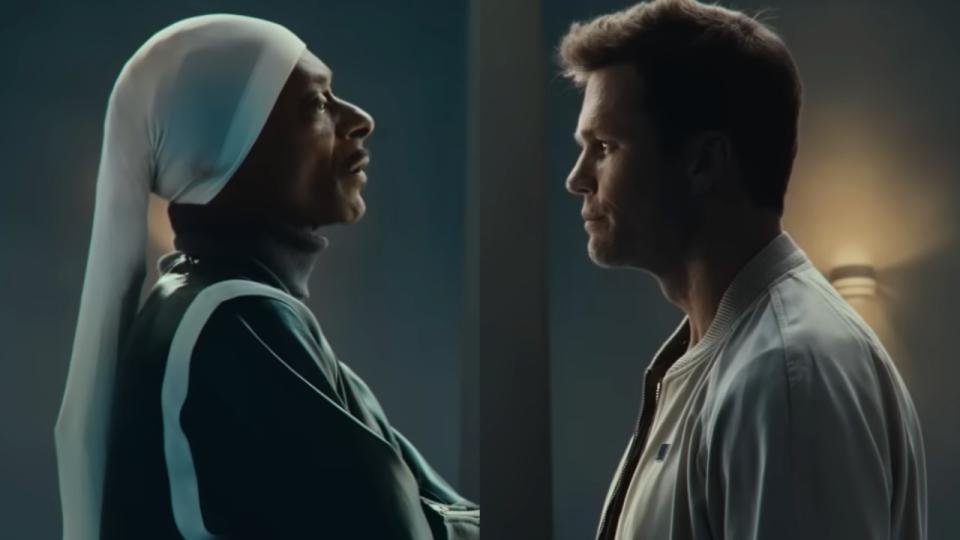Why Super Bowl LVIII Ads Missed Their Mark: A Marketing Perspective
This year's Super Bowl ads demonstrated a critical lesson in marketing: sometimes more isn't more. As a marketing professional, I noticed four key factors that diminished their impact:
The Premature Rollout: The pre-release strategy, while maximizing reach, has fundamentally altered how we experience Super Bowl advertising. When commercials drop days or weeks before the big game, we lose that shared moment of discovery that made the Super Bowl exciting. There's still immense value in preserving the element of surprise and letting audiences experience these creative moments together, in real-time.
Misaligned Talent Partnerships: Celebrity appearances felt more like checkbox exercises than authentic partnerships this year. While star power remains valuable in advertising, the connections need to make sense. Take the Snoop Dogg and Tom Brady spot – while both are undeniable icons, their pairing felt forced rather than strategic. Sometimes, authentic storytelling with real people or skilled actors can create a more meaningful impact than a celebrity mashup.
The Power of Authentic Storytelling: The most impactful ads this year weren't the ones with the biggest stars – they were the ones that tapped into genuine cultural moments and human experiences. Nike's celebration of women's sports resonated deeply because it reflected the real cultural shift we've witnessed in athletics. Similarly, Pfizer's cancer-focused message struck a chord because it addressed an experience that touches virtually every family.
Limited Representation: The lack of diversity on screen was notably apparent this year – a reflection of the persistent lack of diversity within creative teams themselves. This isn't just about checking boxes; it's about missing opportunities to connect with diverse audiences authentically and tell stories that resonate across different communities. When creative teams lack diverse perspectives, it shows in the final product, limiting both creativity and cultural relevance.
The Super Bowl remains advertising's biggest stage, but success isn't about who can shout the loudest or spend the most. It's about creating meaningful connections through authentic storytelling, strategic partnerships, moments of genuine surprise, and truly representative storytelling that speaks to all Americans.
What did you think about this year's Super Bowl ads? Which ones resonated with you and why?

